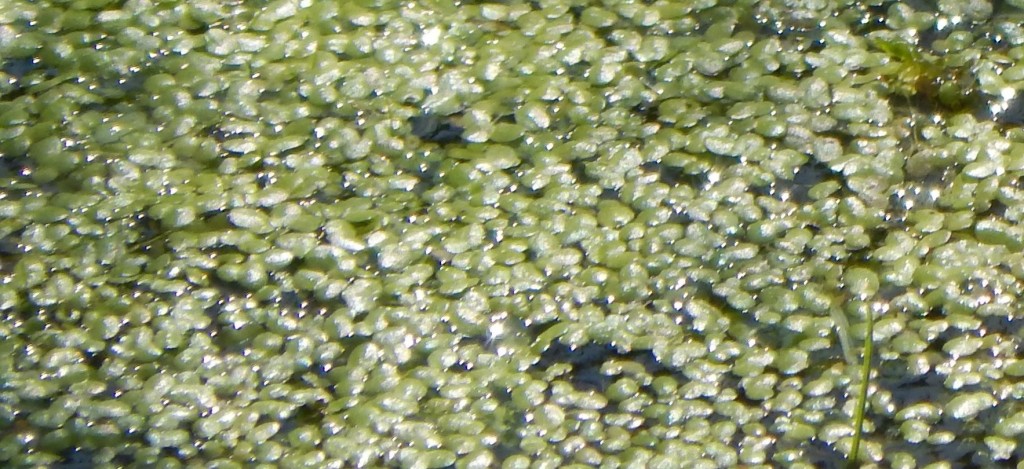
[200] Lemna minor, Duckweed
Introduction
Lemna minor, Duckweed, is a spreading freshwater aquatic plant that can cover areas of stagnant water.
It may be called Common Duckweed or Lesser Duckweed. Other members of the subfamily Lemnoideae may also be called duckweeds.
Taxonomy
Kingdom – Plants
Phylum – Vascular Plants
Class – Angiosperms (Flowering Plants)
Clade – Monocots
Order – Alismatales
Family – Araceae
Subfamiliy – Lemnoideae
Genus – Lemna
Scientific Name – Lemna minor
Name
Lemna is an Ancient Greek word for an unknown aquatic plant. Minor, of course means smaller.
Description
This may come as a surprise, but members of the subfamily Lemnoideae are not typical monocots!
They are not really very typical of plants as they normally have no stems or proper leaves, often have no roots and they don’t normally flower.
They normally consist of a single frond that looks like a tiny leaf, sometimes with a root.
Lemna minor has fronds smaller than half a centimetre and it reproduces vegetatively by forming two or three leaves and then splitting. It has single tiny root and lives on the surface of water. Its sticky root helps it to spread by sticking to the feet of birds.
They do rarely produce tiny flowers, about a millimetre in size.

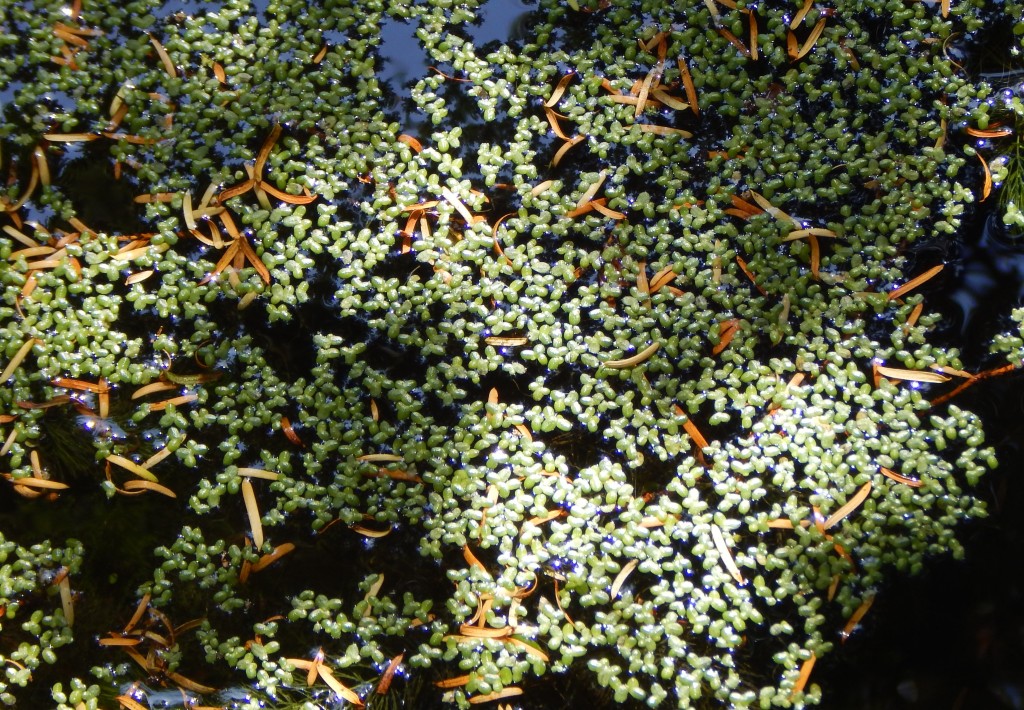
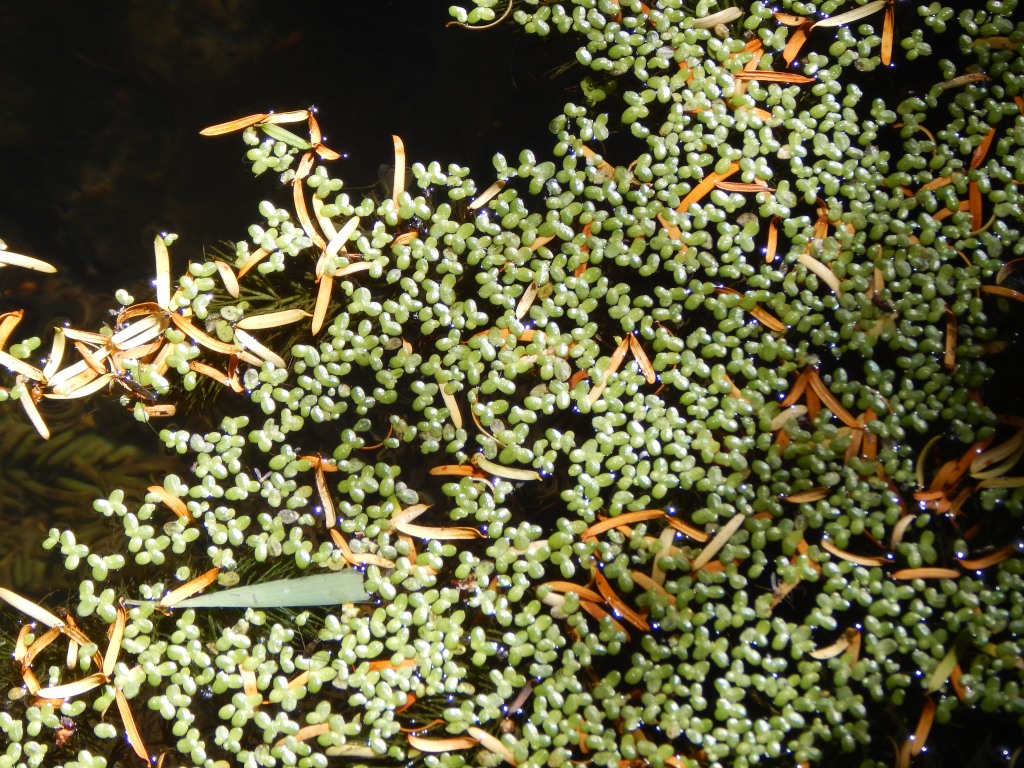

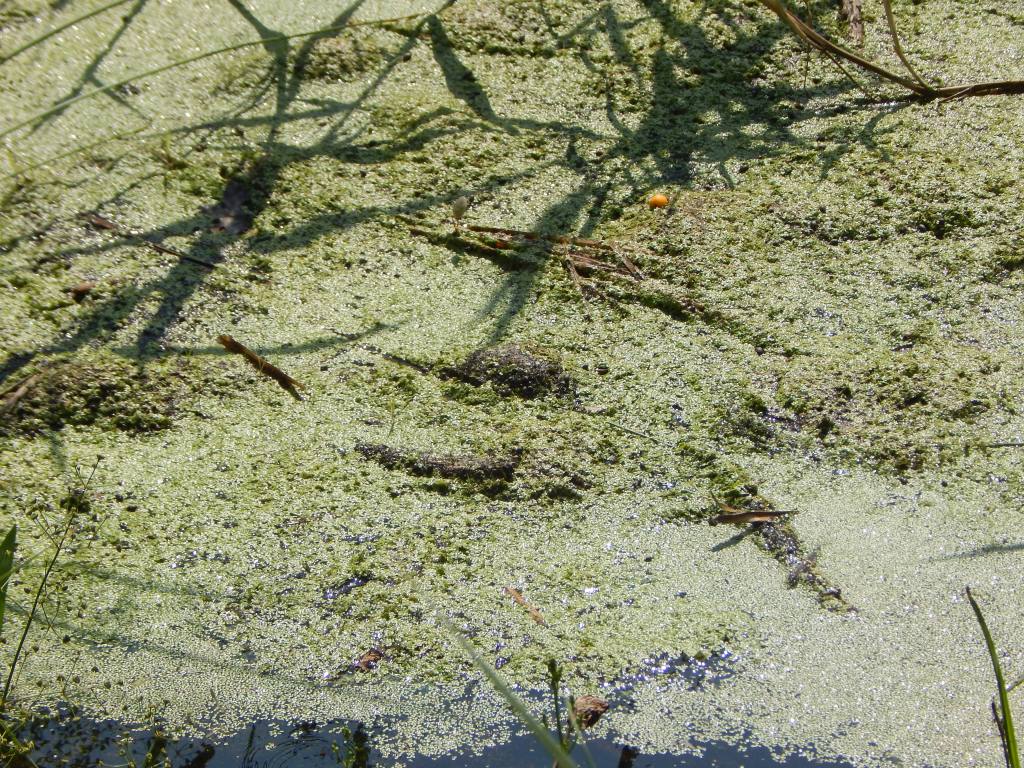
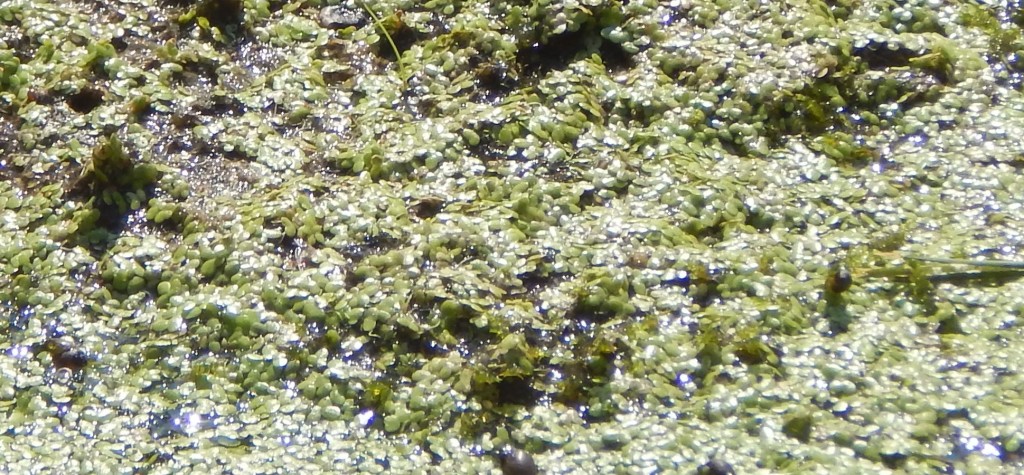

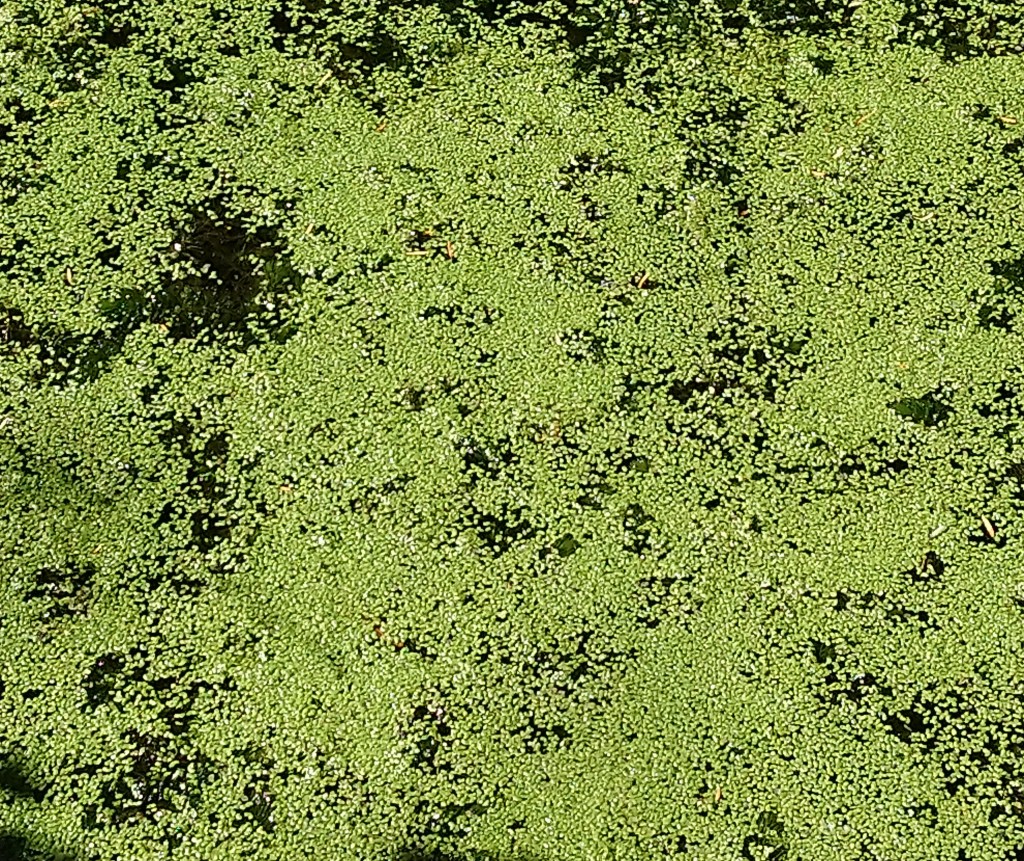
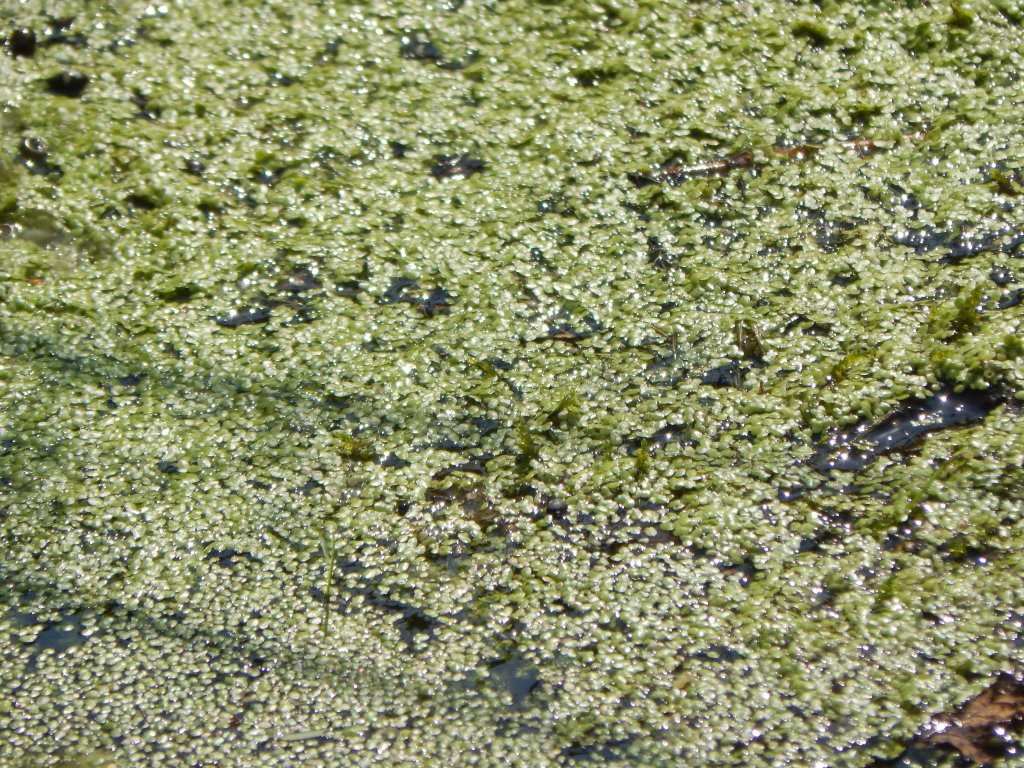
In temperate area they may sink and hibernate when it gets cold.
Habitat and use
Lemna minor is found worldwide except in arctic climates. It may not be native in South America, Australia and New Zealand but has naturalized in these areas.
It is found in freshwater ponds and slow-moving streams.
It can be used to remove excessive concentrations of metals in water and is cultivated to feed to livestock.
Other Notes
Duckweed is found in totally still areas of water such as unused canals. It can be removed by adding herbivorous fish.
I did think that it might be called Pondweed but this common name is used by at least six other species.
See also
You really don’t expect me to come up with anything related. It’s only very recently that Lemnoideae has become a subfamily of Araceae. It used to be bit of an unknown.
